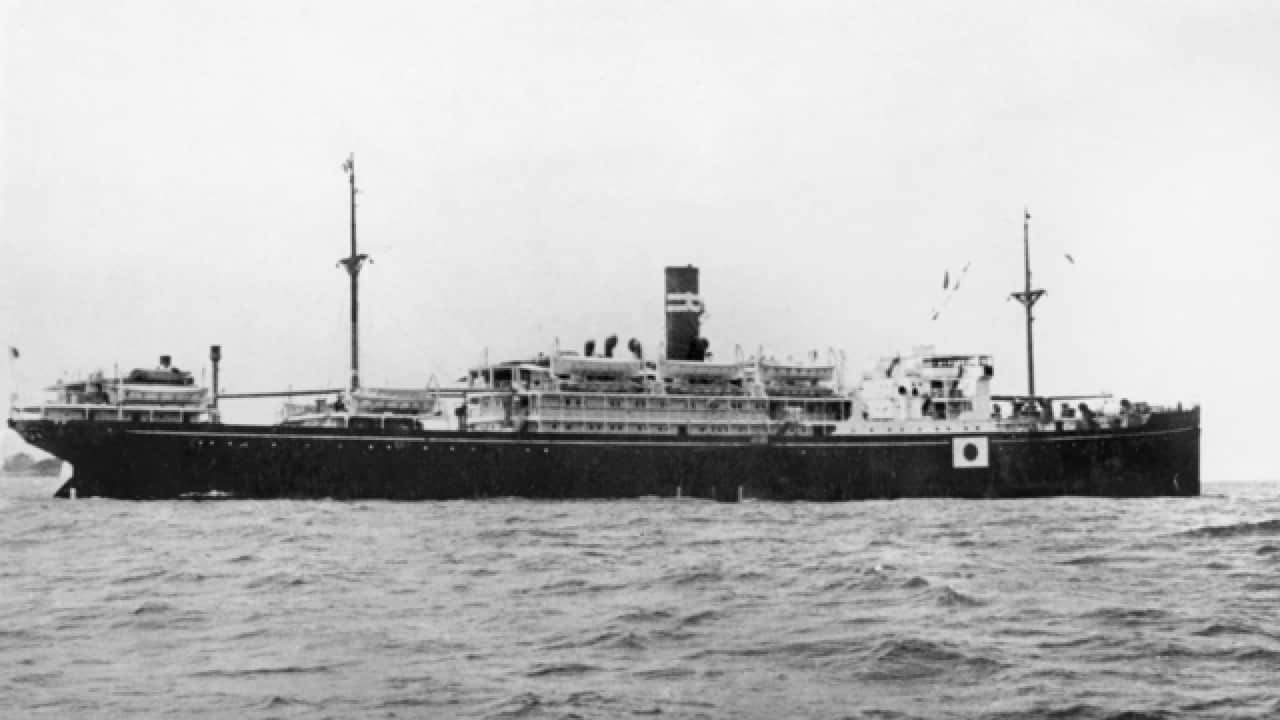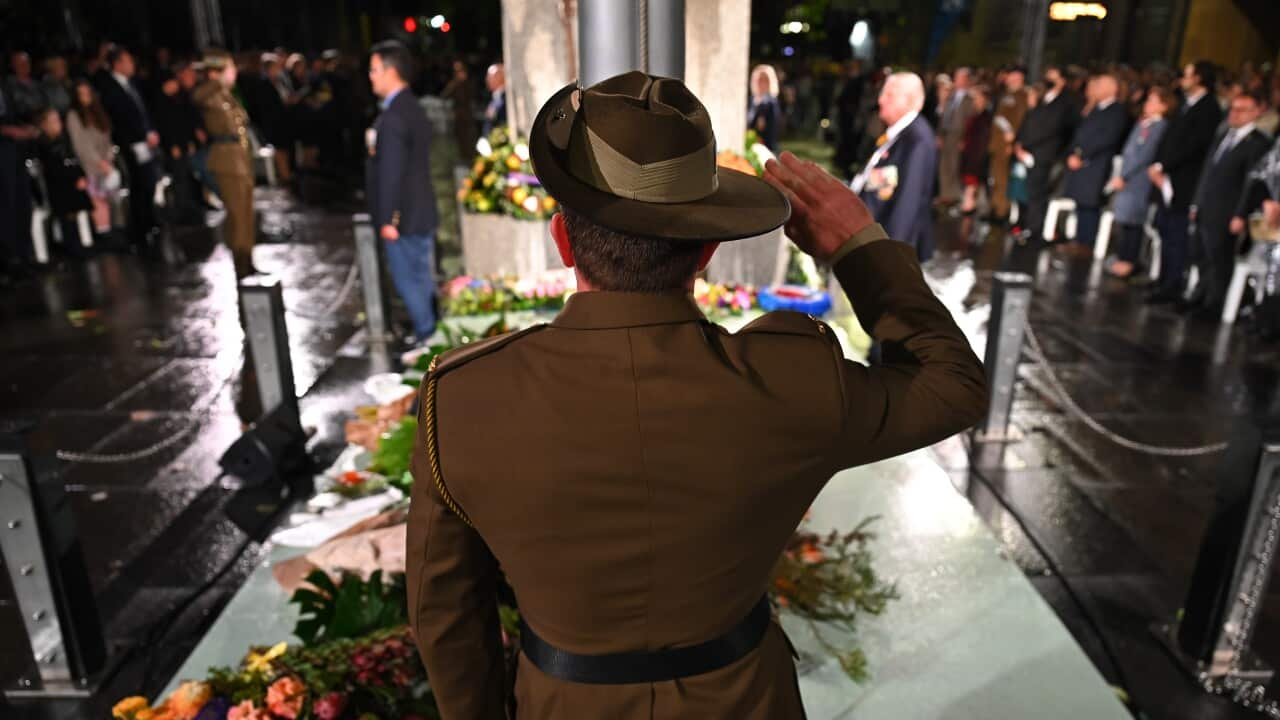Key Points
- The Montevideo Maru sank in July 1942 with more than 900 Australian prisoners on board.
- The Japanese carrier ship's wreckage was discovered off the coast of the Philippines earlier this month.
- No artefacts or human remains will be removed from the wreckage.
It was sunk by a United States submarine during in one of the worst international maritime disasters in history.
Now 80 years later, the wreck of a Japanese transport ship that was carrying more than 1,000 prisoners — most of whom were Australian — when it went down, has been discovered off the coast of the Philippines.
An expedition team, led by Australian businessman, maritime history philanthropist, explorer, and director of not-for-profit Silentworld Foundation, John Mullen, found the Montevideo Maru's wreck earlier this month.
"The discovery of the Montevideo Maru closes a terrible chapter in international military and maritime history," Mr Mullen said.
"Families waited years for news of their missing loved ones, before learning of the tragic outcome of the sinking. Some never fully came to accept that their loved ones were among the victims.
"By finding the vessel, we hope to bring closure to the many families devastated by this terrible disaster."
On Saturday, Prime Minister Anthony Albanese paid tribute to those who lost their lives in the disaster.
"At long last, the resting place of the lost souls of the Montevideo Maru has been found," he wrote on Twitter.
"Among the 1,060 prisoners on board were 850 Australian service members – their lives cut short.
"We hope today’s news brings a measure of comfort to loved ones who have kept a long vigil."
Who died in the Montevideo Maru disaster?
The Montevideo Maru was carrying approximately 1,060 prisoners of war and civilians when it was torpedoed by the USS Sturgeon on 1 July 1942.
The crew of the American submarine were unaware citizens of Allied nations, who had been captured in the fall of Rabaul in New Guinea a few months earlier, were on board the ship at the time.
An estimated 979 Australians died in what became the nation's worst maritime disaster, alongside 33 crew from Norwegian freighter the Herstein and 20 Japanese guards and crew.
At least 14 nations were impacted by the tragedy, including Australia, Denmark, England, Estonia, Finland, Japan, Ireland, the Netherlands, New Zealand, Norway, Scotland, Solomon Islands, Sweden, and the US.
How was the Montevideo Maru's wreck found?
The mission to find the location of Montevideo Maru's wreck was devised by Silentworld Foundation and Dutch deep-sea survey specialist company Fugro, with support from Australia's Department of Defence.
They began the search on 6 April in the South China Sea, 110km north-west of the Philippines' largest and most populous island, Luzon.
A positive sighting at a depth of more than 4,000 metres was recorded after just 12 days, using state-of-the-art technology.

The wreck of the Montevideo Maru was discovered off the coast of the Philippines. Source: Supplied / Silentworld Foundation
No artefacts or human remains will be removed from the wreckage, Silent World Foundation said, with the site to be recorded for research purposes.
"I am proud to be the citizen of a country that never forgets or stops looking for those lost in the course of duty, no matter how many years may pass," Mr Mullen said.










